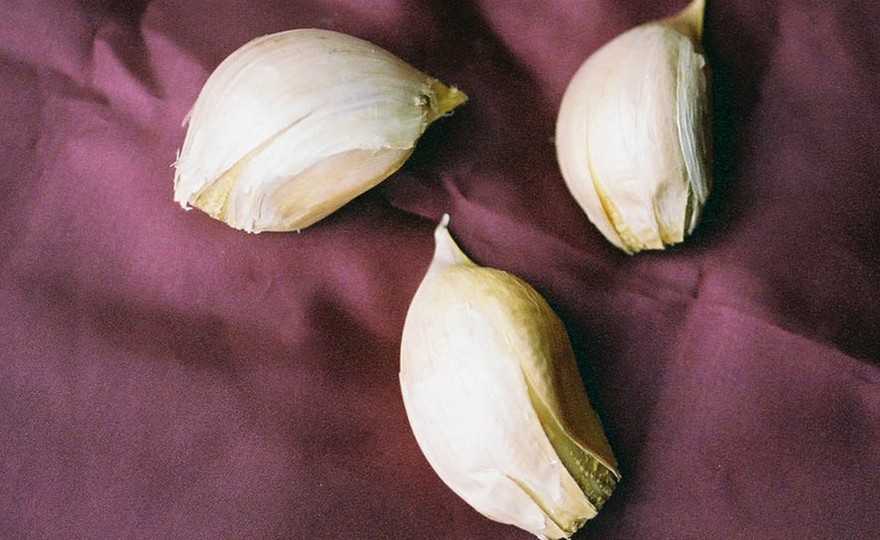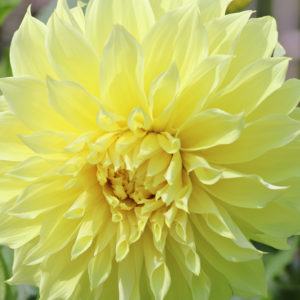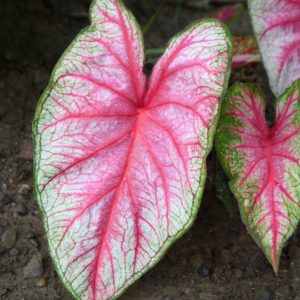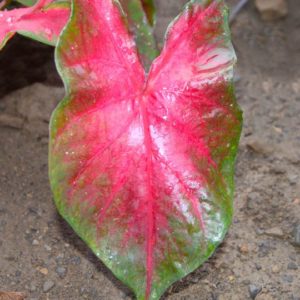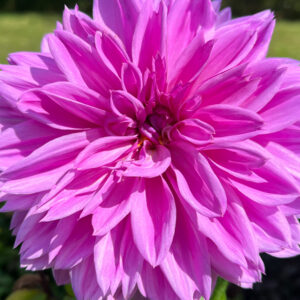Description
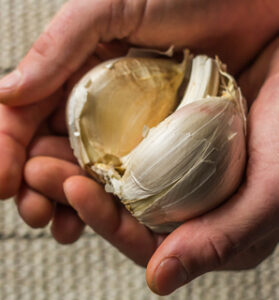 Elephant Garlic
Elephant Garlic
The seven Allium species that are commonly cultivated for food are quite distinctive from each other. Allium ampeloprasum is the species that includes leeks, kurrat (wild leek or Egyptian leek) and elephant garlic. Members of this species are the most closely related to garlic.
The Allium ampeloprasum group is known as the “great-headed garlic” group, and often elephant garlic has been called great-headed garlic. Elephant garlic was likely part of the basis for Linnaeus’ description of the A. ampeloprasum species. The name “elephant garlic” was promulgated by Luther Burbank in 1919.
From the excellent garlic book, THE COMPLETE BOOK OF GARLIC, A Guide for Gardeners, Growers and Serious Cooks, authored by Ted Jordan Meredith, in his words:
“Elephant Garlic plants are large and robust. They flower readily, produce large umbels (flower stalks which cluster flowers at the end of the stalk), and shed their spathes at maturity…Garlic scapes sold on the fresh market are sometimes elephant garlic scapes because of their size, flavor and longevity…With respect to less overt taxonomic differences A. sativum (true garlic) has a diploid chromosome count of 16, while elephant garlic has a diploid chromosome count of 48.”
Elephant garlic has many of the benefits of true garlic and fewer of its liabilities. For example, elephant garlic is barely susceptible to Basal rot, a Fusarium fungus that plagues garlic, and elephant garlic possesses some of the highest concentrations of Alliin, the chemical compound from which Allicin is derived. Allicin is responsible for many of garlic’s health benefits.
Planting Elephant Garlic
Elephant Garlic may be planted in the fall or the spring similar to garlic. Fall plantings will mature earlier. Elephant Garlic plants are hardy and can withstand temperatures as low as 20 degrees fahrenheit so spring plantings may be made as soon as the soil can be worked.
Turn the soil and add some lime before planting. Plant the sets, root end down, 3-4 inches deep. Leave 6 inches between bulbs in rows 18 inches apart. Apply a nitrogen and phosphorus rich fertilizer (10-20-10) and water like any garden green.
Elephant Garlic will be ready to harvest in approximately 180 days when the leaf tops have begun to brown. Cure Elephant Garlic by placing them in a warm, well-ventilated area until the necks are thoroughly dry. Curing must take place for the Elephant Garlic to be stored for any length of time. With warm temperatures, good air circulation and low humidity, curing should be completed within two weeks after harvest.

